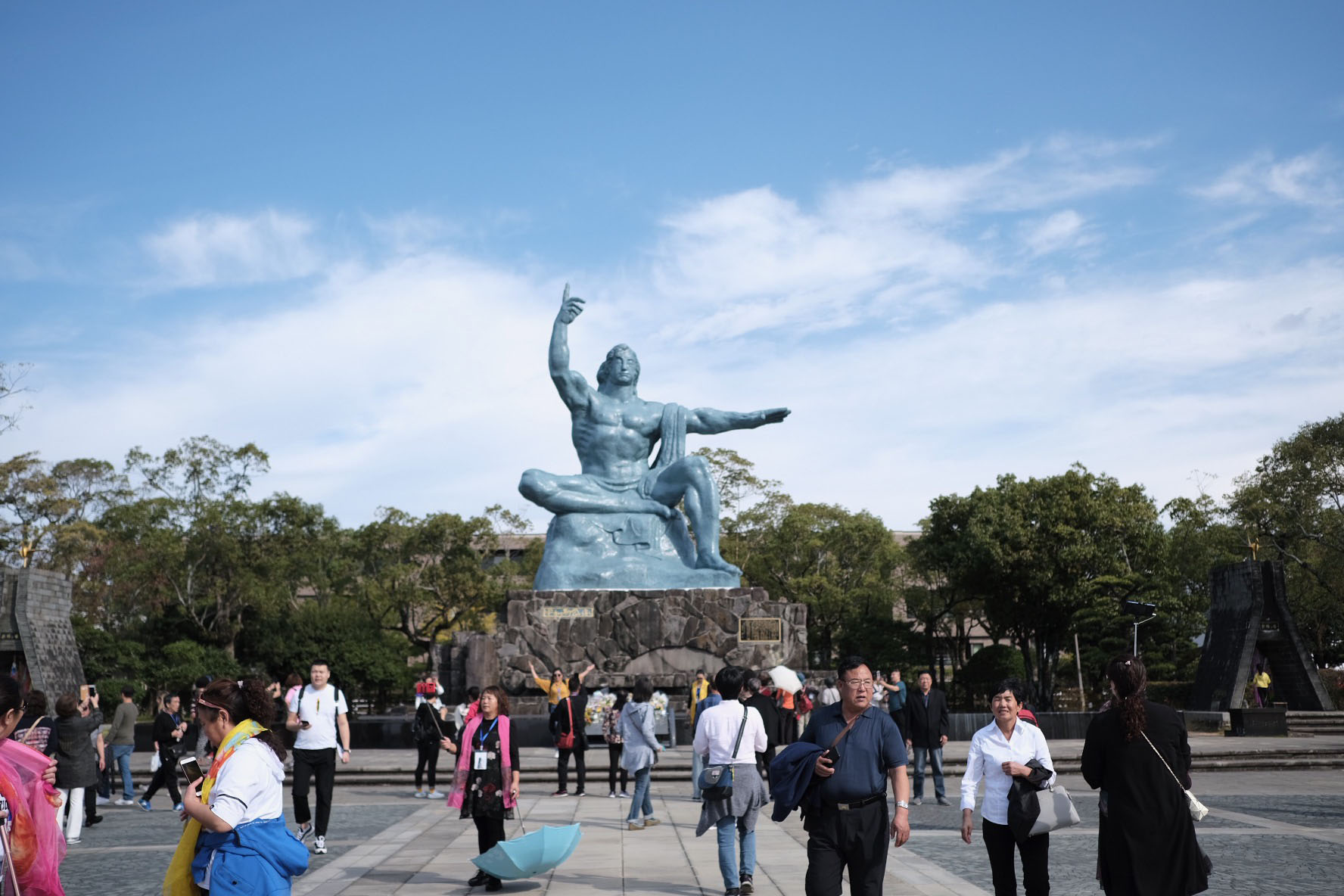Nagasaki has all the charm and strangeness you would expect from a religiously, culturally and historically diverse Japanese port city. Situated in western Kyushu, Nagasaki is a window into the world of Japan's early trade with the West and its Edo Period (1603-1868) isolation, and a time capsule for the consequences of the world's second atomic bomb.
Nestled between two mountain ranges, Nagasaki (literally "long cape") is named for its shape. Starting at Nagasaki Station, you will find yourself on a central road that runs from the top to the bottom of the city. It's best to divide your trip by region. Look to the north, look to the south, think about the possibilities. And now look to Hamamachi and Chinatown in the east — because that's where you'll find dinner.
The Hamamachi area is divided into two experiences: a bright shōtengai (shopping arcade) with clothing shops and chain restaurants; and small, winding backstreets with dumpling restaurants and izakaya taverns. The latter is where you'll find Houuntei (known for its dumplings) as well as Tsuruchan — Kyushu's oldest cafe, open since 1925. This is the place to try the local favorite, "Turkish rice" (a pile of pilaf topped with tonkatsu pork and slathered with curry). Inside it's dark but cosy, with carpeted floors, ornate tablecloths and antique lamps. Make sure to go hungry: the portion sizes are generous.


















With your current subscription plan you can comment on stories. However, before writing your first comment, please create a display name in the Profile section of your subscriber account page.